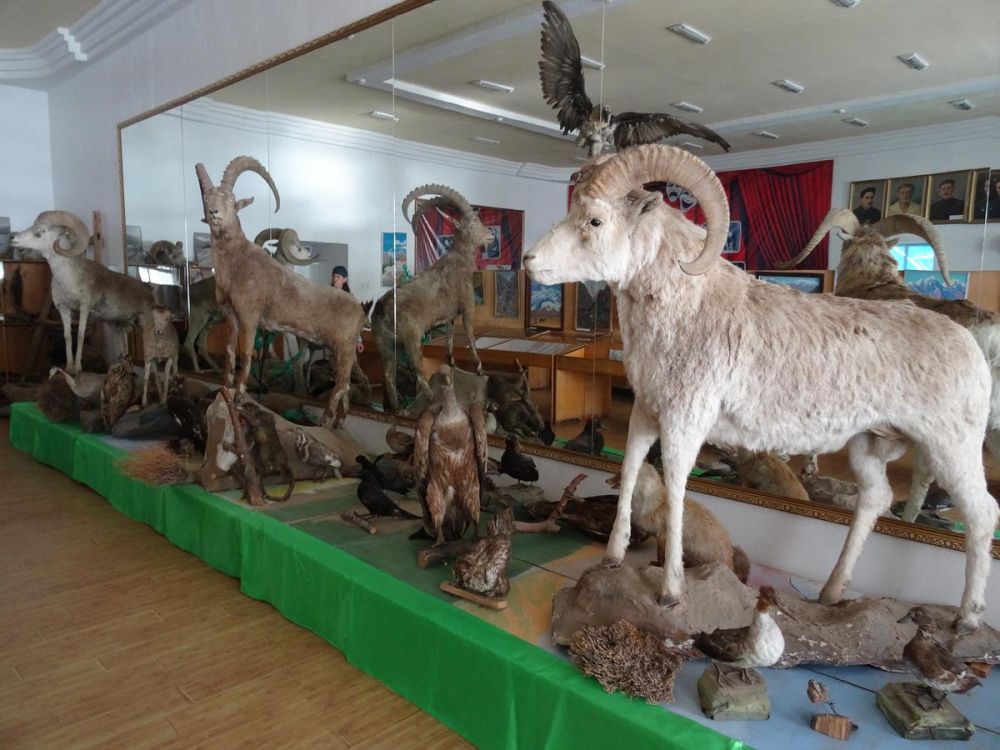

The Khorog Regional Museum, located in Khorog, the capital of the Gorno-Badakhshan Autonomous Region in Tajikistan, is an integral part of the region's cultural and historical landscape. This museum is a window into the rich and diverse heritage of the Pamir Mountains, often referred to as the "Roof of the World".
Tourism in Khorog has historically been tied to the area's natural beauty, traditional culture, and strategic location along the ancient Silk Road. Despite the remote position, travelers have been drawn to the region to experience its unique way of life and breathtaking landscapes.
The Khorog Regional Museum has played a critical role in educating visitors about the local environment, history, and the lifestyles of the Pamiri people. Established in the latter half of the 20th century, the museum has become a focal point for tourists seeking to understand the area's culture and history. Over the years, it has been instrumental in preserving and showcasing artifacts, traditional clothing, musical instruments, and geological specimens representative of the High Pamirs' ecosystem.
Noteworthy exhibits include an extensive collection of traditional Pamiri and Islamic artifacts, local flora and fauna displays, and an in-depth look at the region's geology, including rare minerals found in the Pamirs. The museum also features exhibitions on the history of the famous Pamir Highway and its significance as part of the Silk Road network.
With the rise of eco-tourism and adventure travel, Khorog and its museum have seen an increase in visitors. In response to these trends, there has been a push towards creating more interactive and immersive experiences. This includes offering guided tours in multiple languages, facilitating cultural events, and incorporating multimedia presentations to engage visitors more actively with the museum's collections.
Furthermore, in line with global tourism trends, the Khorog Regional Museum has increased its online presence, providing virtual access to its exhibits. This allows potential visitors to preview the rich history and culture of the region before making the journey.
The museum also actively involves the local community in its operations. This includes hosting events and festivals that showcase traditional music, dance, and crafts. Through these efforts, the museum has become not just a tourist attraction but a vibrant part of Khorog's cultural life, and a hub for the preservation of Pamiri culture.
While the remoteness of Khorog presents challenges to accessibility and infrastructure, it also adds to the allure for those seeking off-the-beaten-path destinations. The Tajik government, along with international organizations, has invested in promoting sustainable tourism, which bodes well for the Khorog Regional Museum's continued appeal.
Visitors to Khorog and the museum can look forward to a truly enlightening experience, delving deep into the heart of Central Asia's mountainous beauty and gaining insights into a little-known region steeped in tradition and history.